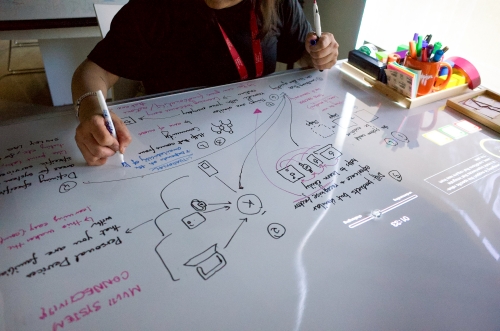
Empowering Game Developers: RNIB Launches Toolkit to Make Video Games More Accessible for Visually Impaired Players
A “call to action for the industry to initiate significant transformation”.
The Royal National Institute of Blind People (RNIB) has formed a participant testing panel for the gaming sector, research institutions, and academia, called the Design for Every Gamer Player Panel.
In conjunction with its latest Devkit: Optimal Guidance in Accessible Gaming 2024, the organization states that by collaborating with this varied group, “developers and researchers can obtain crucial insights on accessibility, aiding in the assurance that their games and studies are inclusive and accessible to players with visual impairments”.
RNIB’s Devkit itself provides “comprehensive guidance” to assist developers incorporate accessibility features into their projects, including menu narration, high-contrast modes, scalable user interfaces, and haptic feedback, ensuring “smooth gameplay for users with visual impairments”.
“With platform-specific solutions and accessibility frameworks, the devkit enables you to create engaging, fully navigable experiences that address the needs of players with visual impairments while preserving technical excellence,” the charity noted.
As part of this initiative, RNIB also introduces Spectrum Shift, a game “within” the Gaming DevKit. Collaborating with T&PM and HEX, the organization has developed a browser-based racing game designed to demonstrate the accessibility features from the devkit. You can find it in the video embedded above.
“The game illustrates how features like audio signals, haptic feedback, scalable user interfaces, and high-contrast visuals
